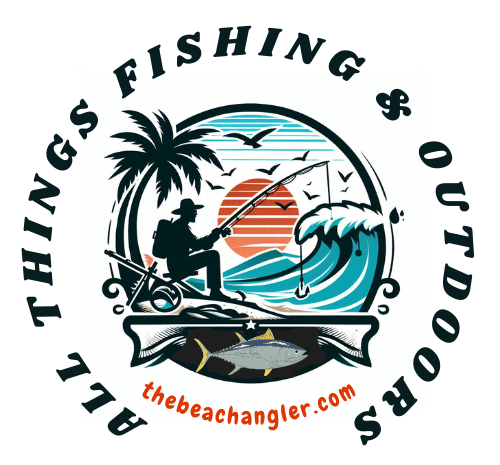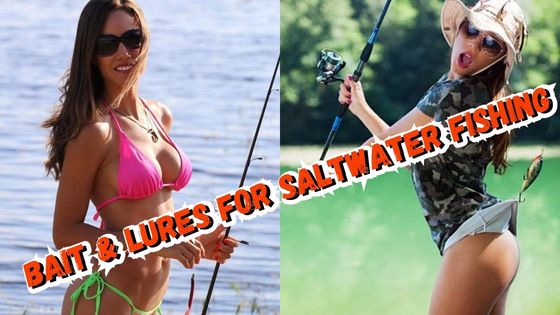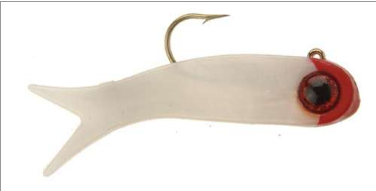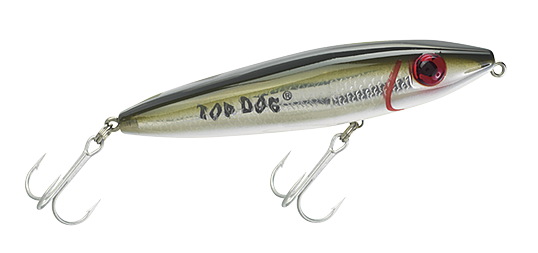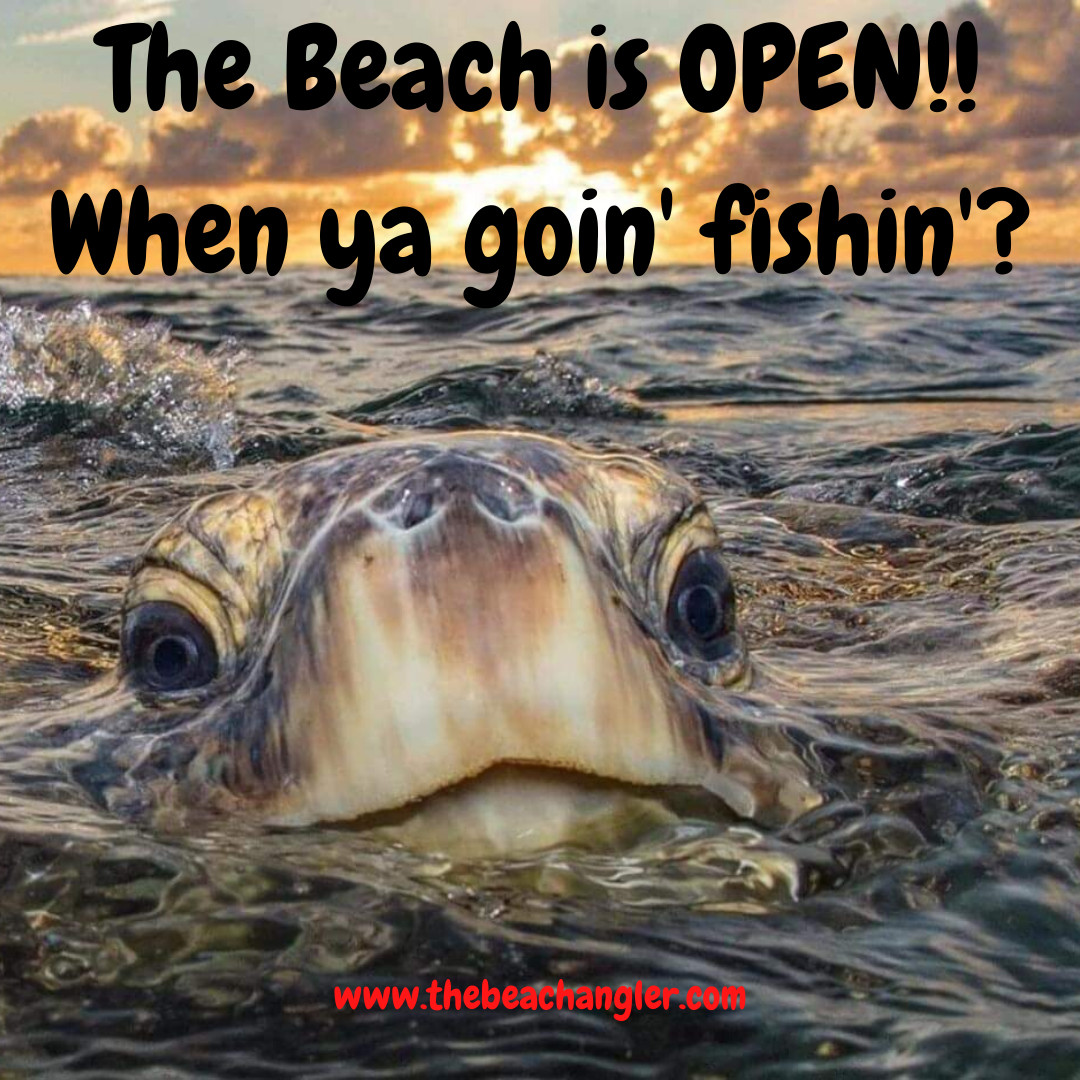If you’re interested in saltwater fishing, you need to understand that getting the basics right on bait and lure selection can make or break your saltwater fishing experience. Let’s start by differentiating between bait and lure.
QUICK LOOK 3 Tips for Selecting Saltwater Baits and Lures
- Analyze water conditions. Consider the clarity, temperature, and depth of the water you’re fishing in. Clear water calls for natural-looking options, while murky water might need something flashier.
- Research local forage. Find out what the fish are feeding on naturally in your area. Matching this can be incredibly effective.
- Choose between bait and lure. Decide if natural bait or artificial lures will be more effective based on the factors above. Live bait might be best in some situations, while lures could be better in others.
Bait is anything natural. We’re talking live or dead fish, shrimp, worms, stuff like that. It’s like serving a fresh meal to your target fish. Meanwhile, lures are artificial. Think of them as the fish equivalent of fast food, designed to look and act like prey without being the real deal.
Natural bait comes in two flavors: live and dead. Live bait, like shrimp or small fish, moves naturally in the water, making it super attractive to predators. Dead bait, on the other hand, is less about action and more about scent. It’s great for species that rely on smell to hunt.
Artificial lures are either hard or soft. Hard lures are your metals and plastics, like crankbaits and spoons. They’re durable and great for mimicking fleeing prey. Soft lures are made from silicone or rubber, like worms, shrimp, or shad imitations, and offer realistic movement when rigged and worked properly.
By understanding these basics, you’re already on your way to picking the right tools for your saltwater fishing adventure.
Factors Influencing Effective Bait and Lure Choice
The key to choosing the right bait and lure revolves around several factors. Let’s break them down so you can make informed decisions each time you head out.
- First up, target species. Knowing the habits and preferences of the fish you’re after is a game-changer. Some fish prefer live bait, while others might go for a well-presented lure. Research what your target species eats and matches it with your bait or lure.
- Water conditions play a massive role, too. Clear water calls for more natural-looking bait and lures. In murky water, something bright and flashy can help catch a fish’s eye. Water temperature also impacts fish behavior—warmer water often means more active fish, so you might want to choose a lure that mimics fast-moving prey. Depth matters because some lures work best at certain depths. Jigging near the bottom or using a floating lure on the surface can make a difference.
- Local forage is another biggie. Fish tend to go for what’s abundant in their environment. If small shad are common in the area, matching the hatch with a shad lure can yield results. Observing local anglers and taking note of successful baits can offer valuable hints.
Incorporating these factors into your bait and lure selection process will allow you to fish smarter, not harder. It’ll maximize your chances of success, making each trip more rewarding.
Popular Bait Options for Saltwater Anglers
Live bait is a top choice in saltwater angling, mainly because of its irresistible natural movement. Common picks include shrimp, mullet, and crabs. Shrimp is a universal favorite; almost everything in the ocean feeds on it. Mullet works wonders for larger predators like snook and tarpon, while crabs are a go-to for fish like redfish and permit.
Dead or frozen bait, like squid or cut bait, is always reliable. Squid has a strong scent that travels well in the water, making it a great attractant. Cut bait—essentially chunks of fish—is versatile and can be used for a variety of species. Plus, it’s easier to store and handle than live bait.
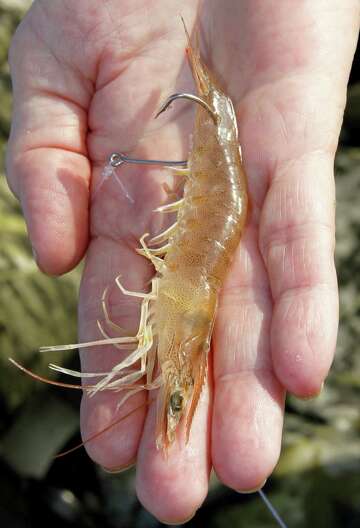
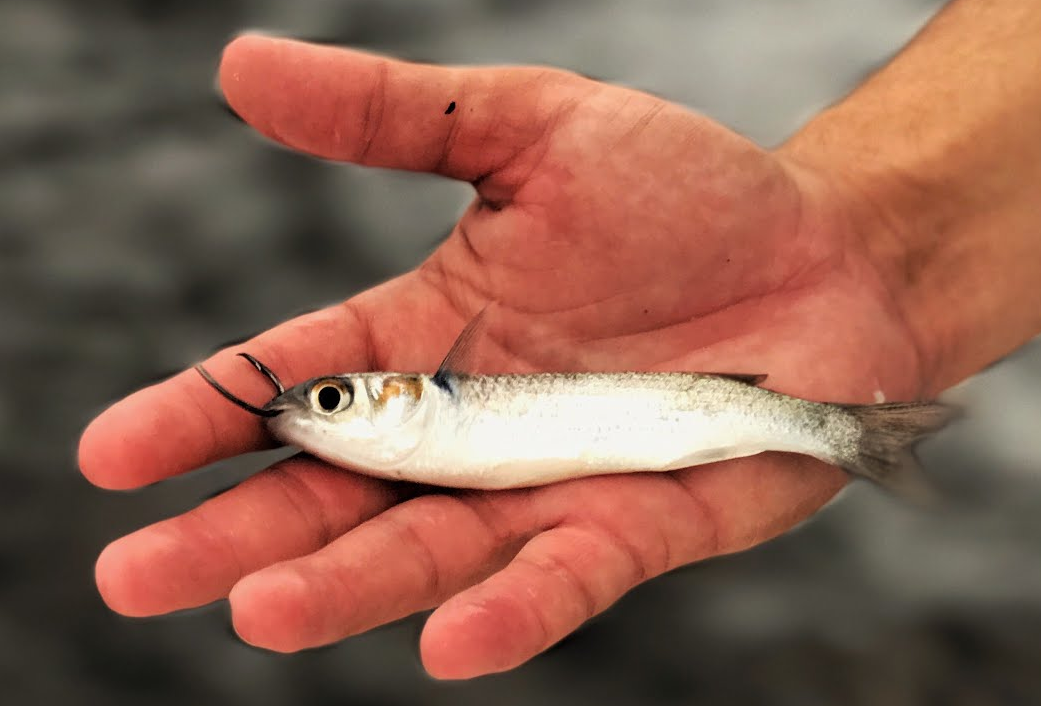
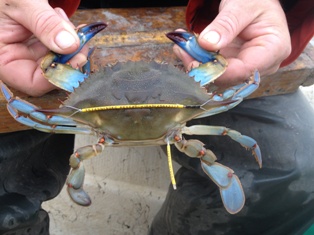
Whatever your choice, knowing what works best in your fishing spot is crucial. Experienced anglers often have a go-to bait that consistently brings in catches. Don’t hesitate to experiment a little; sometimes an unconventional choice can surprise you.
Top Artificial Lures and Their Applications
- Spoons and Jigs are the workhorses of the fishing world. Their versatility makes them effective for a range of saltwater species. They come in various shapes and sizes, allowing you to target fish at different depths. Jigs can be hopped along the bottom or jigged through the water column, making them ideal for everything from flounder to snapper.
- Soft plastics are another favorite. They mimic the natural movement of live bait when rigged properly. Types include worms, shads, and swim baits. These lures can be fished using different techniques like Texas rigging, jig heads, drop-shotting, or simply casting and retrieving. The key is to match the color and size to local forage.
- Stick or Crankbaits: Crankbaits, stick baits, and suspending baits like the famous Paul Brown Fat Boy imitate baitfish and are very effective for catching larger fish.
- Topwater lures add excitement to your fishing experience. Popper lures and walking baits create surface commotion that draws fish from below. They’re perfect for fishing in clear, shallow waters or over structures like reefs and seagrass beds. The explosive bites they provoke are a thrill to witness.
Choosing the right lure often means considering the conditions and your target fish. For instance, a jig might work well in deeper, rocky areas, while a topwater lure is better suited for early morning or late evening when fish are feeding near the surface.
Adapting your approach based on these factors can significantly boost your success rate.If the fish are feeding on shrimp, a lure that mimics a live shrimp like the Z-Man PrawnStarZ, Spro Fluttertail Shrimp, or Egret Baits Vudu Shrimp, could be a good choice. Berkley Gulp shrimp, and D.O.A. Lures Shrimp are also good choices.
3 Step Guide to Select Bait and Lures for Saltwater Fishing
Identify your target species. Knowing what fish you’re after guides your selection from the get-go. Research their feeding habits and preferences.
- Analyze water conditions. Consider the clarity, temperature, and depth of the water you’re fishing in. Clear water calls for natural-looking options, while murky water might need something flashier.
- Research local forage. Find out what the fish are feeding on naturally in your area. Matching this can be incredibly effective.
- Choose between bait and lure. Decide if natural bait or artificial lures will be more effective based on the factors above. Live bait might be best in some situations, while lures could be better in others.
Adjust and experiment. Sometimes the fish just aren’t biting. Don’t be afraid to switch things up—change your bait or try a new lure until you find what works. What are your favorite baits and lures for saltwater fishing? Drop them in the commnets below and share your experiences with the rest of us.
Check Out Our Latest Articles:
- 6 Innovative Features of the Okuma X-Series Saltwater Spinning Reels
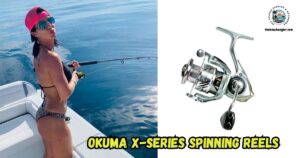
- Inshore Fishing: 10 Common Gamefish You Can Target
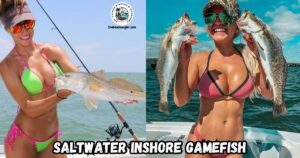
- 7 Key Features of the Xpece One Waterproof Fishing Drone
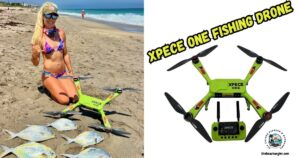
- Understanding Tides And How They Affect Your Inshore Saltwater Fishing Adventures

- St Croix Seage And Avid Series Surf Rods 2 Awesome American Made Surf Rods

- Saltwater Fishing For King Salmon: 4 Top Strategies.
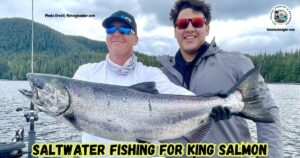
As always, stay safe, enjoy the journey and please try to leave it cleaner than you found it. If you have any comments, questions, ideas, or suggestions please leave them in the comment section below and I’ll get back to you ASAP. You can follow us on Facebook: Rex The Beach Angler, Instagram: thebeachangler7, Twitter: @AnglerBeach, and YouTube: Man Art Creations.
P.S. – Thanks so much for checking out our blog we really appreciate it. Just so you know, we may receive a commission if you click on some of the links that appear on our site. This helps us keep our content free and up-to-date for everyone. We appreciate your support!
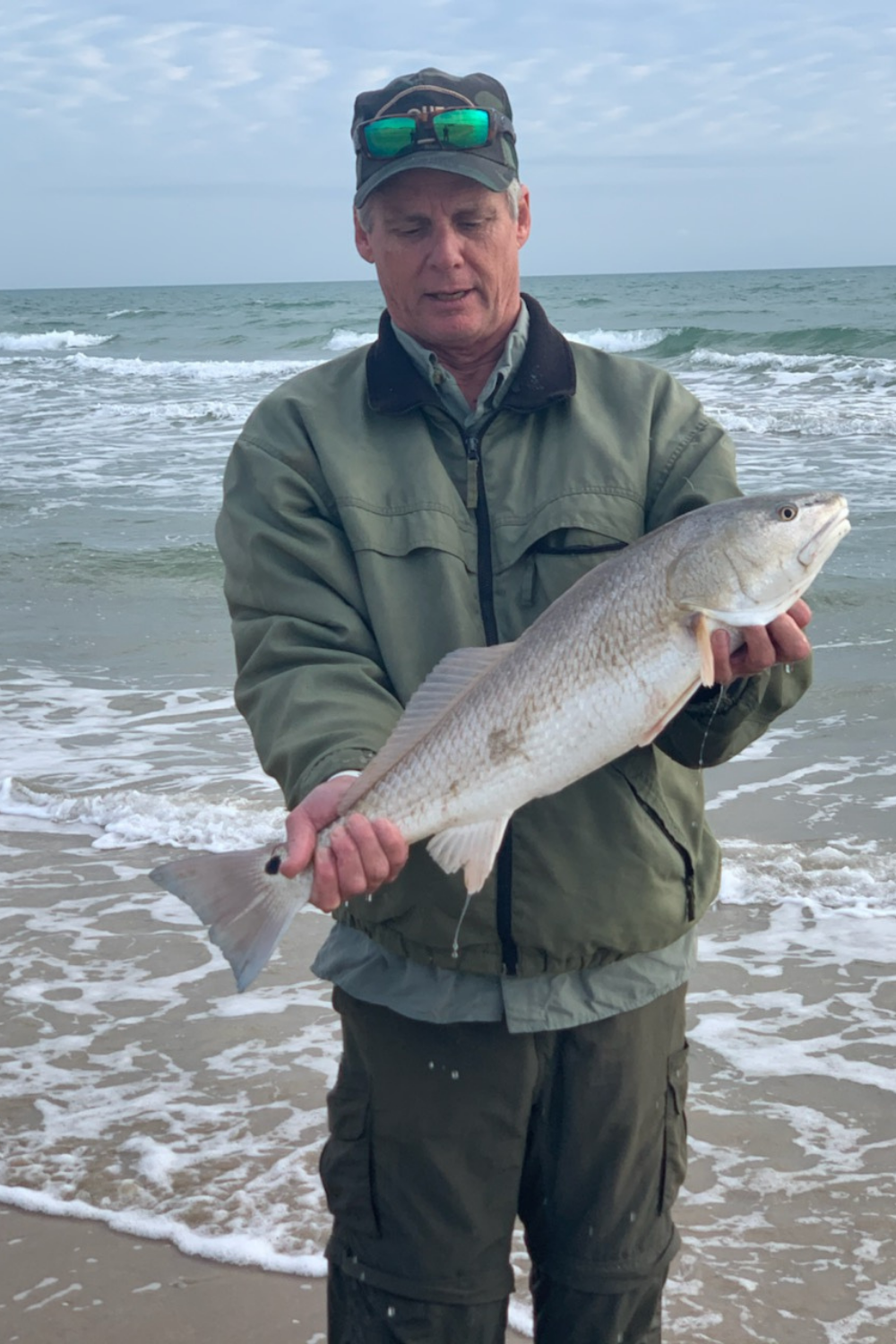
A life long surf fisherman with 50+ years of experience, I am also an avid hunter and outdoorsman. I will be sharing my passion for the outdoors with you so be prepared for hunting, fishing, camping, hiking and more. Along with gear reviews and the latest trends and innovations in the outdoor industry.
